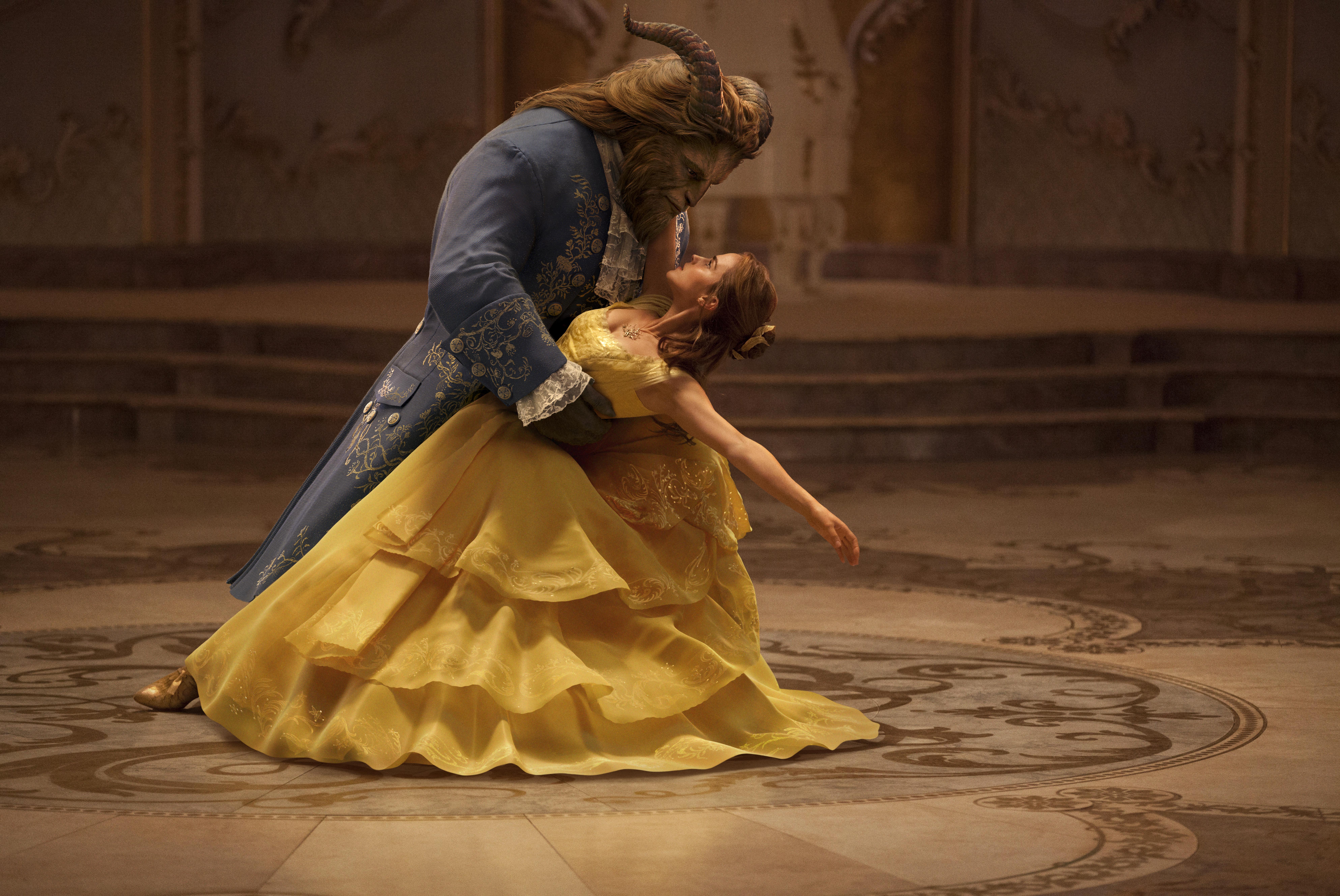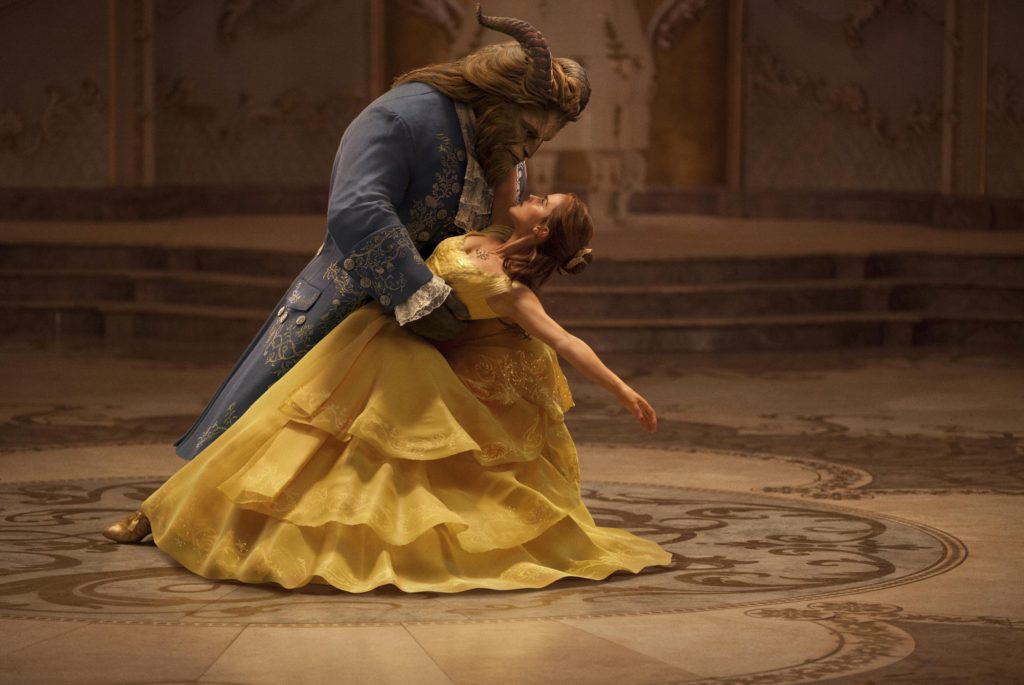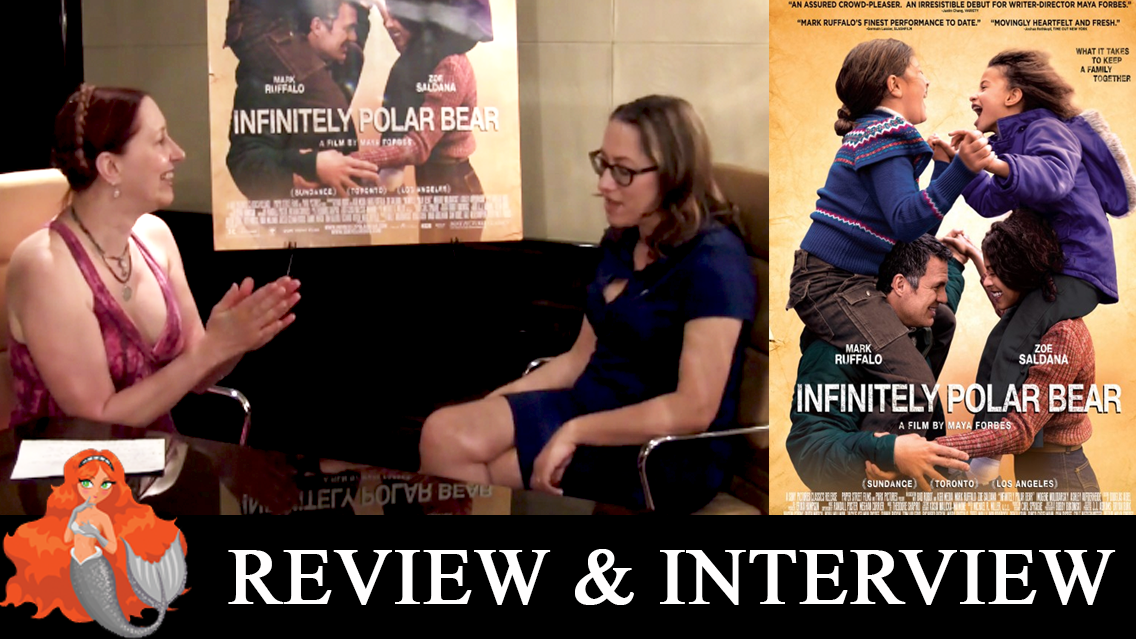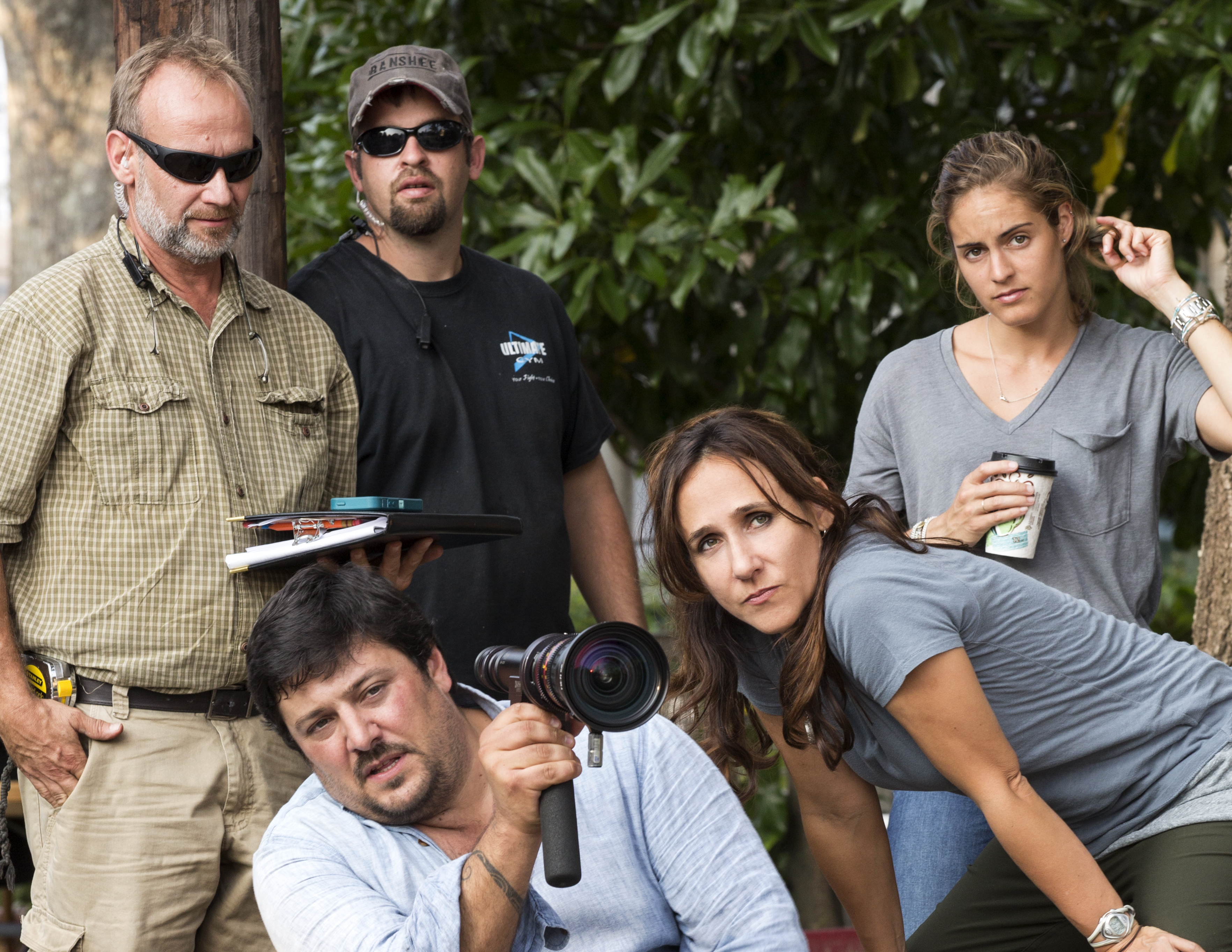

Anyone who is in love with the 1991 Disney animated feature Beauty and the Beast has been over the moon about the coming of a live-action version starring Hermione Granger herself, Emma Watson. The fact that one of its producers, Don Hahn, also had that credit on the original lends some credibility in the “maintaining the A+ standard” department, as does the fact that all new music and songs are created by the same artist, Alan Menken. Has this 2017 reinterpretation ably carried the torch from the 1991 classic, and added a new valuable chapter to the “tale as old as time”?
Let me put fans of the animated feature at ease. It isn’t a frame for frame copy. Director Bill Condon and his screenwriters Stephen Chbosky and Evan Spiliotopoulos expand on the story and add a number of scenes not in the animated version. For example, the film starts with a set piece involving a spectacular ball at which Audra McDonald’s character, an operatic diva, is performing. In fact, the same character sings at the end of the film, creating musical bookends, and showing Condon has respect for the importance of including and highlighting seasoned musical performers. One can’t get any more seasoned or celebrated than Broadway superstar Audra McDonald. The rest of the film trundles along, passing back and forth between moments and scenes recognizable from the animated feature, and added elements only possible in live action, that will thrill and entertain both the uninitiated and longterm fans of the story. Those who know Jean Cocteau’s 1946 masterpiece La Belle et la Bete will notice Condon added several references to a film for which he has a great affinity. Look for hand-held lighting sconces that will harken back to the 1946 film.
The actors are all perfectly cast. In particular, Emma Watson lives up to the fact that she is the visual embodiment of the live-action version of cartoon Belle. She sings in a sweet, somewhat simple soprano, but captures the wry, clever, and curious quality we all know from the 1991 Belle. Also particularly memorable are Luke Evans, who finds a way to step into the enormous walking ego that is Gaston without being a complete caricature, and Kevin Kline, who brings all his larger-than-life Broadway experience (and voice) to bear, yet finds subtlety and authenticity in Maurice, Belle’s father. In many ways, he is the heart of the film.
Since screenwriter Linda Woolverton wrote the 1991 film as well as winning a Tony for the Broadway adaptation, building one of the strongest, most feminist characters in the history of Disney, I had concern about two men picking up the mantle for this new live action version. Woolverton is responsible for Belle being so in love with reading and learning. She stood up for the character as the 1991 film was taking shape, keeping Belle powerful, kind, and curious, in ways no Disney princess had been before. This new film keeps her strength intact, as well as adding a sensitivity in the interactions with her father that further define her kindness and inventiveness. She also remains fiercely independent, as fans know her to be, as well as fearless in ways that make her a role model once again for young girls meeting the character for the first time.
As to the two sore spots I see in this otherwise brilliant reinterpretation, firstly, I question the wisdom of choosing the first out gay character as Lefou, a sycophantic buffoon. The filmmakers stayed true to his character as portrayed in animation, in that he is just a “yes man” to Gaston, and clearly enamored with him, and Josh Gad does an honorable job playing him. However, does the first gay character have to make such incredibly bad choices, and follow the very bad example the lying, conniving Gaston sets for him? Also, I’m not sure there is quite enough time spent on the developing romance between Belle and the Beast, before she starts singing about how she’s falling for him. These are legitimate gripes, to be sure. One positive that repeatedly impressed me, though, in terms of casting, is the fact that they used what’s called “non-traditional casting. There are people of all ethnicities cast in a variety of roles. For example, the villager who lends Belle her books is a man of color, and why not?
While seeing Watson bring Belle to life is a winning reason to see Beauty and the Beast, it isn’t the best reason. For that you must look to the production design, and, happily, to women. All the department heads of the design team on Beauty and the Beast are female. This includes 4-time Oscar nominated production designer Sarah Greenwood, Oscar winning costume designer Jacqueline Durran, 4-time Oscar nominated set decorator Katie Spencer, and Oscar winning make-up and hair designer Jenny Shircore. Also the film editor is a woman, Virginia Katz. Essentially, if the way this film looks and feels is what draws you in and captivates you, it is a collaborative group of women working with Sarah Greenwood you have to thank. The stats on Durran’s interpretation of Belle’s ballgown alone should send you reeling, with the 180 feet of satin organza they used, along with 2160 Swarovski crystals. Excess is one thing Disney does best, exampled by that dress, along with the chandeliers that measure 14 by 7 feet and are modeled after the ones in Versailles!
All in all, this new version of Beauty and the Beast is a wonderful addition to the Disney live-action canon, and will be enjoyed for years to come. When the House of Mouse suggests you should be their guest, do take them up on it.
B+



